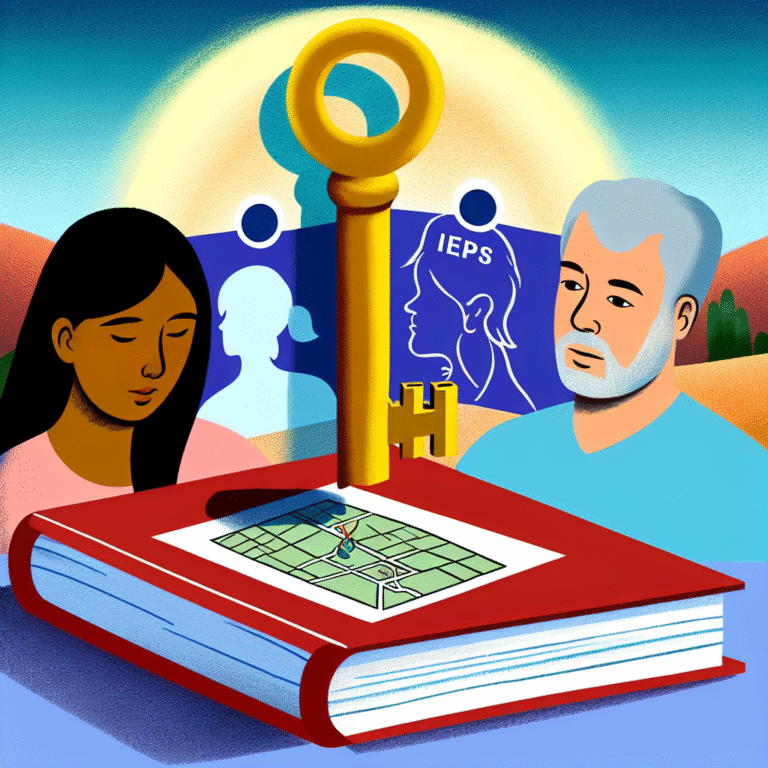
Introduction
Understanding Gender Dysphoria: A Journey Through Identity and Acceptance is not just a phrase; it’s an essential exploration of how individuals navigate a complex terrain of identity, societal norms, and personal acceptance. With increasing conversations around gender identity, it is critical to delve into what gender dysphoria truly means, how it manifests, and the profound impact it has on the lives of those who experience it. This article aims to shed light on the multifaceted nature of gender dysphoria—offering insights, real-life experiences, and guidance for those seeking to understand or support someone on this journey.
What is Gender Dysphoria?
To understand gender dysphoria, we must first define it. Gender dysphoria occurs when an individual’s gender identity—their internal sense of being male, female, or something else—does not align with the sex assigned at birth. This dissonance can lead to significant emotional distress, psychological challenges, and a longing for alignment between one’s physical appearance and gender identity.
The Spectrum of Gender Identity
Gender dysphoria is not a binary concept. It’s essential to recognize that gender exists along a spectrum, encompassing identities such as:
- Cisgender: Individuals whose gender identity aligns with their sex assigned at birth.
- Transgender: Individuals whose gender identity does not align with their sex assigned at birth.
- Non-binary: Individuals who don’t identify strictly as male or female.
- Genderfluid: Individuals whose gender identity may shift between different genders.
In exploring Understanding Gender Dysphoria: A Journey Through Identity and Acceptance, it’s vital to affirm that each person’s experience is unique, emphasizing that respect and understanding are paramount.
The Psychological Impact of Gender Dysphoria
The emotional toll of gender dysphoria can manifest in various ways, including anxiety, depression, and overall dissatisfaction with life. According to various studies, transgender individuals, especially those who face societal stigma, exhibit higher rates of mental health conditions compared to their cisgender peers.
Case Study: Alex’s Experience
Background: Alex, a 22-year-old college student assigned female at birth, struggled with feelings of incongruence for years before coming out as transgender.
Journey: After acknowledging these feelings, Alex faced a mental health crisis exacerbated by societal pressures and fear of rejection. Seeking therapy, Alex began to understand that acknowledging their identity was crucial to experience healing.
Relevance: This journey emphasizes the importance of supportive environments and professional help in processing gender dysphoria. The narrative of Alex reflects how understanding gender dysphoria can lead to acceptance rather than despair.
Steps Toward Acceptance
The road to acceptance for those experiencing gender dysphoria is often challenging. However, there are constructive steps that individuals and their loved ones can take to foster understanding and acceptance.
1. Education and Awareness
Knowledge is power. Educating oneself about gender identity, the experiences of transgender individuals, and the nuances of gender dysphoria can dismantle preconceived notions and biases.
2. Open Communication
Encouraging open dialogues within families and communities can create a safe space for individuals to share their feelings without judgment.
3. Seek Professional Support
Engaging with mental health professionals who have experience dealing with gender identity issues can be incredibly beneficial. This support can guide individuals through the complexities of their feelings and provide coping strategies.
4. Counseling for Families
Family counseling can help loved ones navigate their feelings and learn how to support individuals experiencing gender dysphoria effectively.
5. Community Support Groups
Joining community groups can help individuals feel less isolated. These groups provide an opportunity to connect with others who share similar experiences and can offer valuable insight.
Table: Steps Toward Acceptance
| Step | Description |
|---|---|
| Education and Awareness | Empowering oneself with knowledge about gender identity and dysphoria |
| Open Communication | Establishing dialogue for honesty and vulnerability |
| Seek Professional Support | Accessing mental health resources trained in gender dysphoria |
| Counseling for Families | Supporting families in understanding and acceptance |
| Community Support Groups | Finding connection and solidarity within a community |
The Role of Society
Societal acceptance plays a crucial role in the journey of understanding gender dysphoria. Discrimination and stigma can exacerbate feelings of dysphoria and negatively impact mental health.
Impact of Legislation and Policy Changes
Legislative changes have a profound effect on how individuals experience gender dysphoria. Policies that protect against discrimination in employment, healthcare, and housing can significantly improve the quality of life for transgender individuals.
Case Study: Jamie’s Legislative Advocacy
Background: Jamie, a transgender activist, experienced gender dysphoria and faced challenges in healthcare access.
Actions Taken: In response, Jamie began advocating for policy changes to ensure that all transgender individuals receive equitable healthcare, emphasizing the importance of recognizing gender dysphoria as a legitimate health concern.
Relevance: Jamie’s story highlights how activism can lead to societal changes, ensuring rights and protections for those experiencing gender dysphoria.
Gender Affirming Care
Understanding gender dysphoria involves recognizing the significance of gender-affirming care. Transitioning—whether through hormone therapy, surgery, or other medical interventions—is often a critical aspect of alleviating the distress associated with gender dysphoria.
Types of Gender-Affirming Treatments
- Hormone Therapy: This includes treatments that help individuals develop secondary sexual characteristics that align with their gender identity.
- Surgical Options: For some, surgery is an essential step in their transition. Options vary widely and can include procedures such as top surgery or genital reconstruction.
- Mental Health Support: Professional support remains vital at every stage of the transition process, addressing emotional and psychological needs.
Challenges on the Path to Acceptance
Despite the positive strides being made towards understanding gender dysphoria, significant challenges remain. Overcoming societal stigma, gaining access to appropriate healthcare, and navigating family dynamics can be daunting tasks.
Common Concerns
- Fear of Rejection: Many individuals worry about how family and friends will react to their gender identity.
- Access to Healthcare: Not all healthcare providers are knowledgeable about gender dysphoria, leading to inadequate support.
- Navigating Personal Relationships: Transitioning can alter existing relationships, leading to conflicts and misunderstandings.
- Economic Disparities: Transition-related healthcare can be expensive, and not all insurance plans cover these services.
- Mental Health Risks: Continuous societal stigma can lead to increased risks of anxiety, depression, and suicidal thoughts.
Case Study: Morgan’s Struggles
Background: Morgan, a 30-year-old non-binary individual, faced significant challenges securing gender-affirming care due to lack of understanding from healthcare providers.
Impact: These obstacles caused frustration and led to feelings of isolation.
Relevance: Morgan’s experience underscores the need for systemic change within the healthcare industry to ensure that all gender-diverse individuals have access to competent and affirming care.
Conclusion
Understanding Gender Dysphoria: A Journey Through Identity and Acceptance is crucial in fostering compassion, support, and authenticity. As society evolves, the narrative surrounding gender identity must adapt to reflect the diverse experiences of individuals.
In embracing this journey, we can create an inclusive environment that celebrates the beauty of diversity in gender identities. Acceptance begins with understanding—so let us engage, listen, and support each other on this vital path.
FAQs
1. What is the difference between gender dysphoria and gender identity disorder?
Gender dysphoria refers to the psychological distress resulting from a disconnect between one’s assigned sex and gender identity. Gender identity disorder (GID) is an outdated term that was used in early diagnostic manuals and has largely been replaced by understanding gender dysphoria, focusing more on the distress rather than the identity itself.
2. Can gender dysphoria go away?
For some individuals, feelings of gender dysphoria may lessen over time, especially after receiving gender-affirming care. For others, it can be a persistent and ongoing challenge. Each person’s experience is unique.
3. Is transitioning the only way to alleviate gender dysphoria?
Transitioning can be an effective part of alleviating gender dysphoria for many individuals, but it isn’t the only path. Some people may find relief through social transition, such as changing their name or pronouns, and do not pursue medical interventions.
4. How can friends and family support someone with gender dysphoria?
Supporting someone with gender dysphoria involves active listening, validating their feelings, using correct pronouns, and advocating for their needs. Engaging in open dialogues and educating oneself about gender identity are also vital.
5. Where can I find resources for understanding gender dysphoria?
Numerous organizations provide support and resources for understanding gender dysphoria and gender identity, including PFLAG, the Human Rights Campaign, and the World Professional Association for Transgender Health (WPATH).
By exploring Understanding Gender Dysphoria: A Journey Through Identity and Acceptance, we take essential steps toward understanding and supporting the diverse identities that enrich our communities. Each journey is unique, deserving of respect and compassion.















